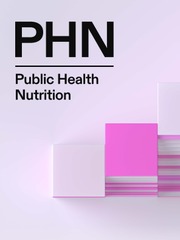Article contents
Guidelines for nutrition support in theelderly
Published online by Cambridge University Press: 01 April 2001
Abstract
Nutritional support in the elderly not only co-operatesinpharmacological treatment but also very often is a primary therapyfor their health. The type of artificial nutrition (AN) to use willdepend on the present illness and the previous health record. Due tothe fact that enteral feeding (EF) is less expensive and aggressivewe should use EF whenever possible, leaving parenteral nutrition(PN) for specific situations where EF should not be used. AN, ifproperly prescribed, formulated, administered and monitored, is safeas long as qualified personnel are trained in its use. Combined AN(oral, enteral and parenteral) allows a step-by-step improvementthat could lead to final oral feeding. Finally, while it is truethat age should not be considered in isolation as a contraindicationfor AN, we should be aware that, in final life stages, oral feedingcan be the only satisfaction left for the elderly.
Keywords
Information
- Type
- Research Article
- Information
- Copyright
- Copyright © CABI Publishing 2001
References
- 3
- Cited by

